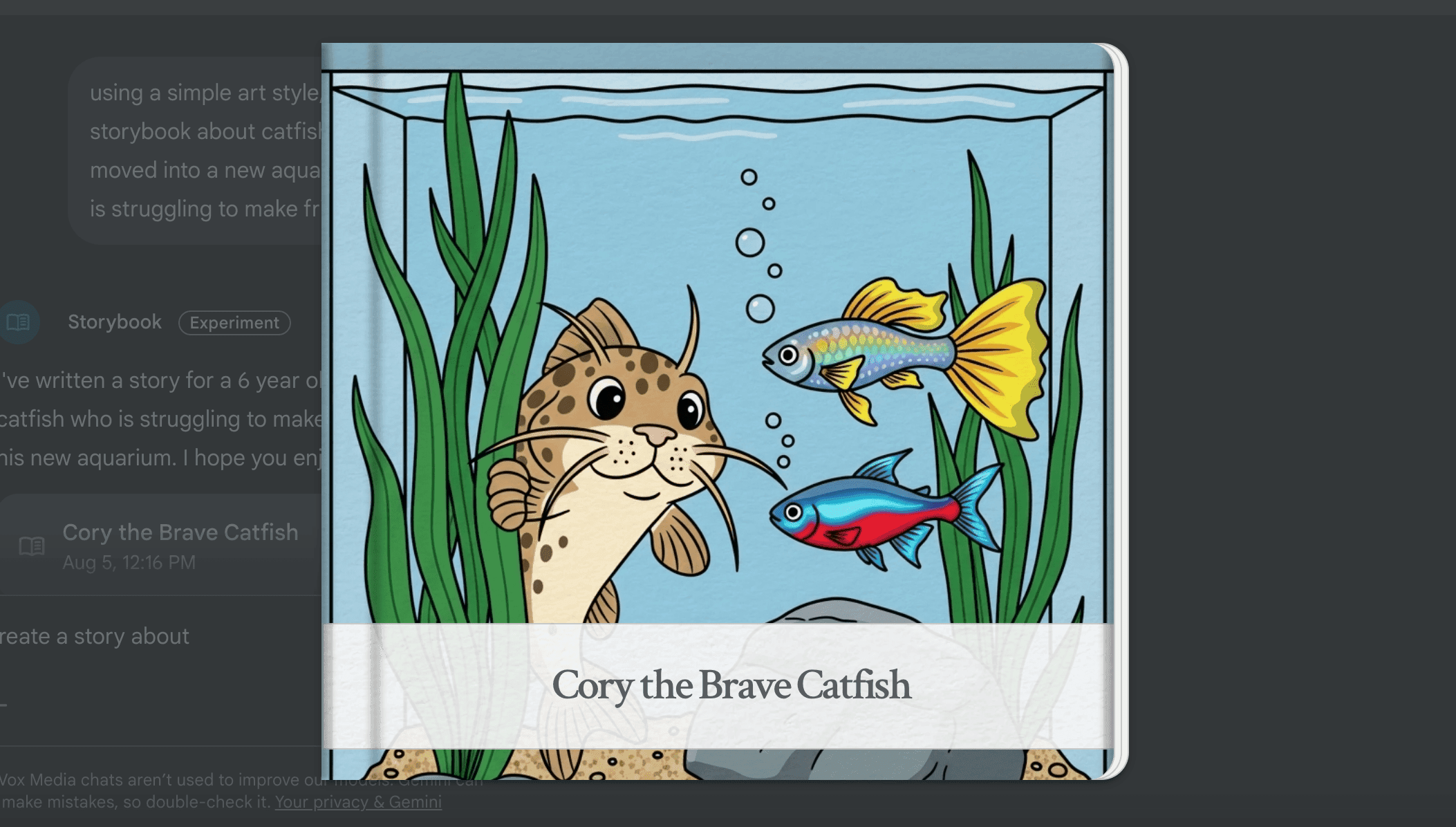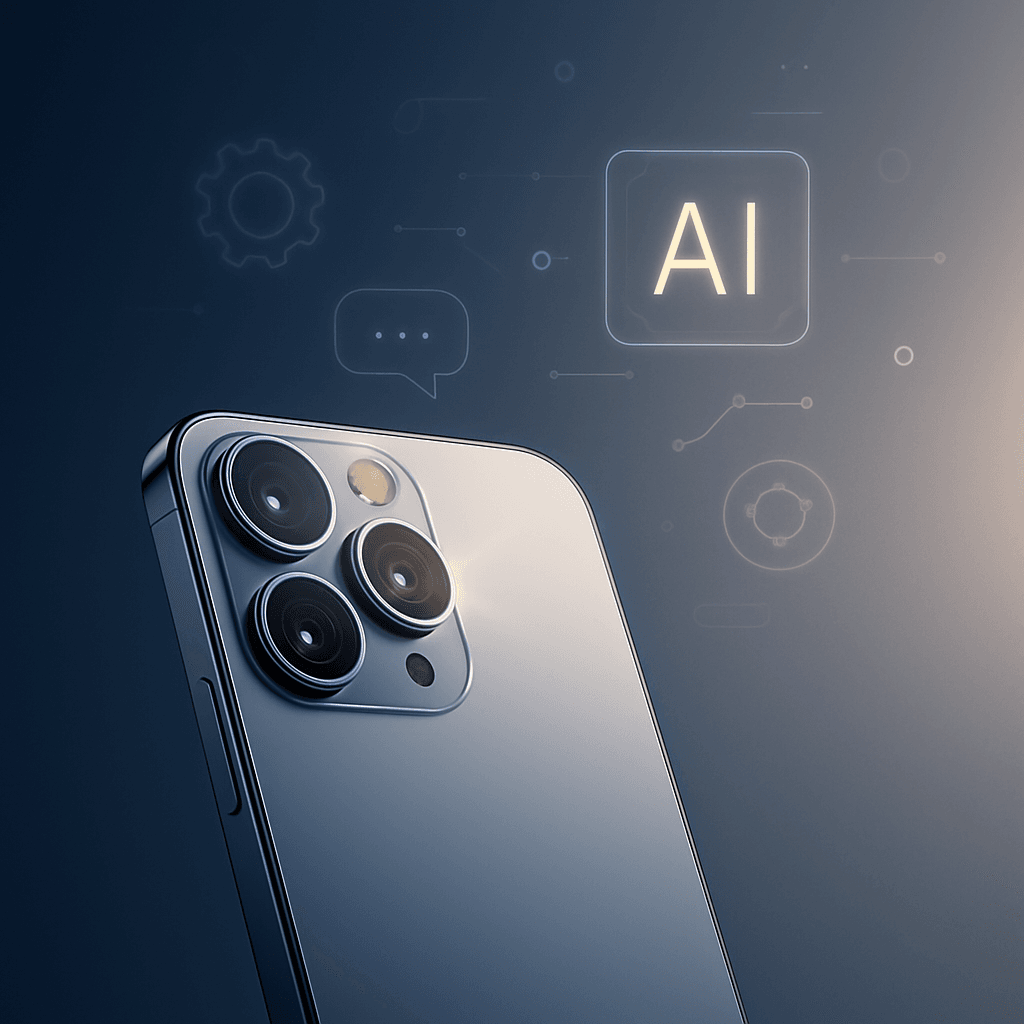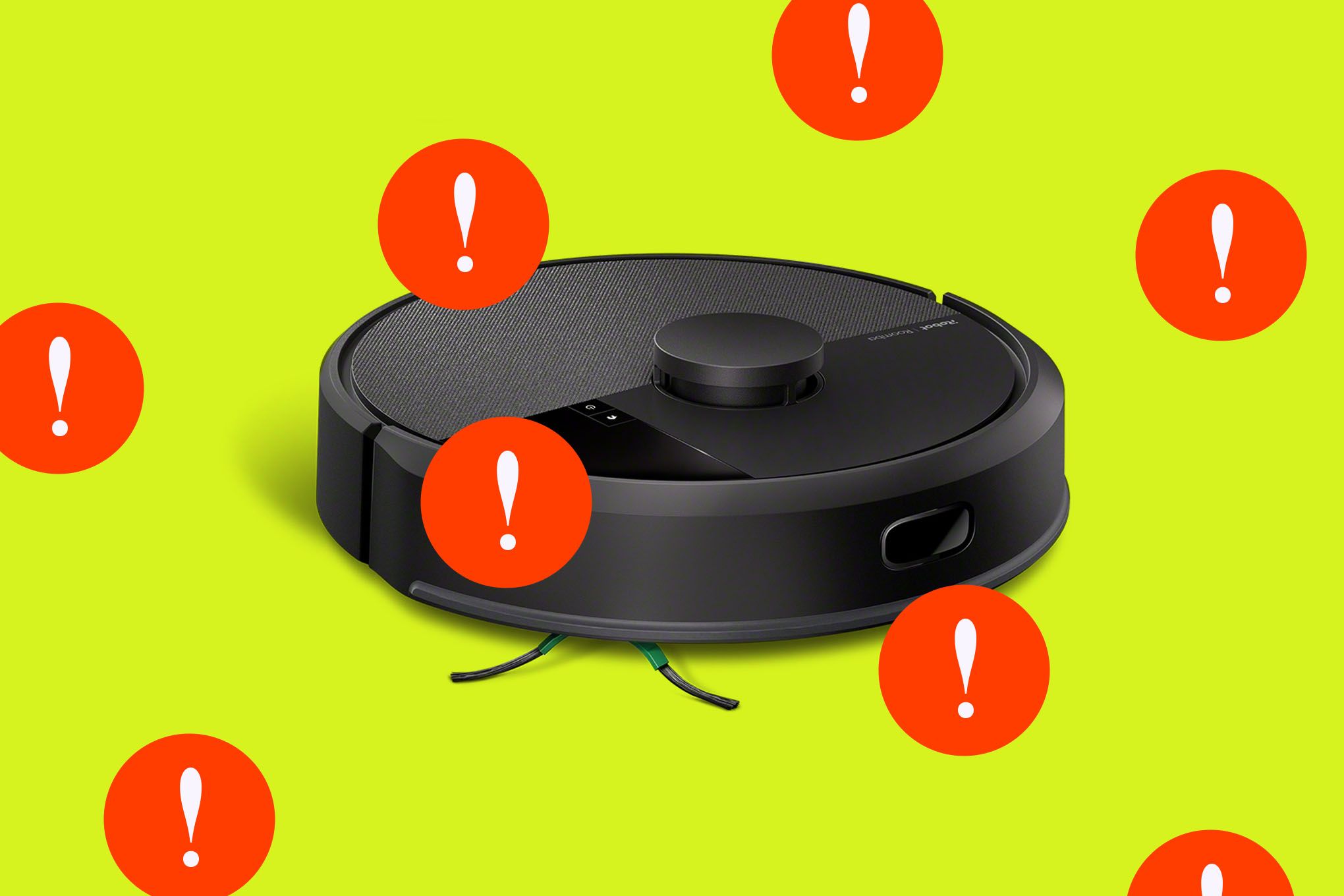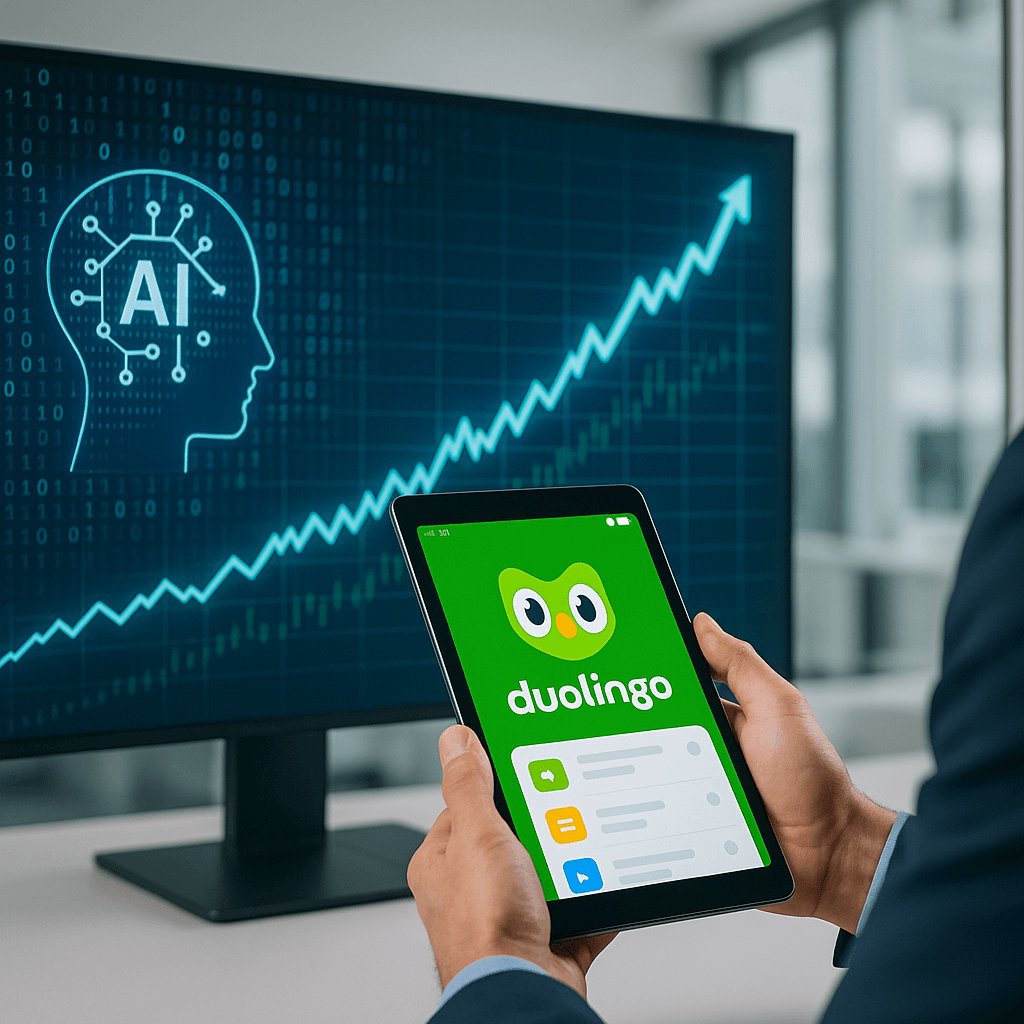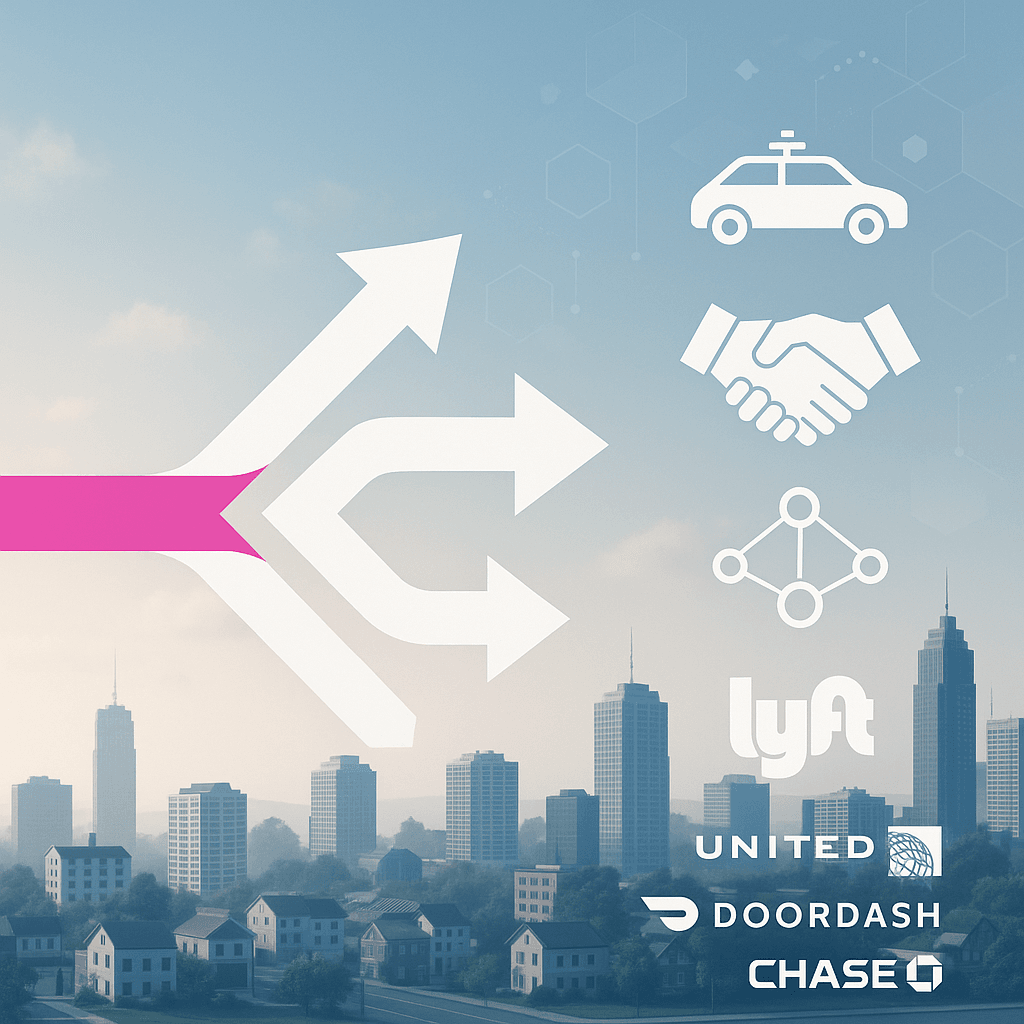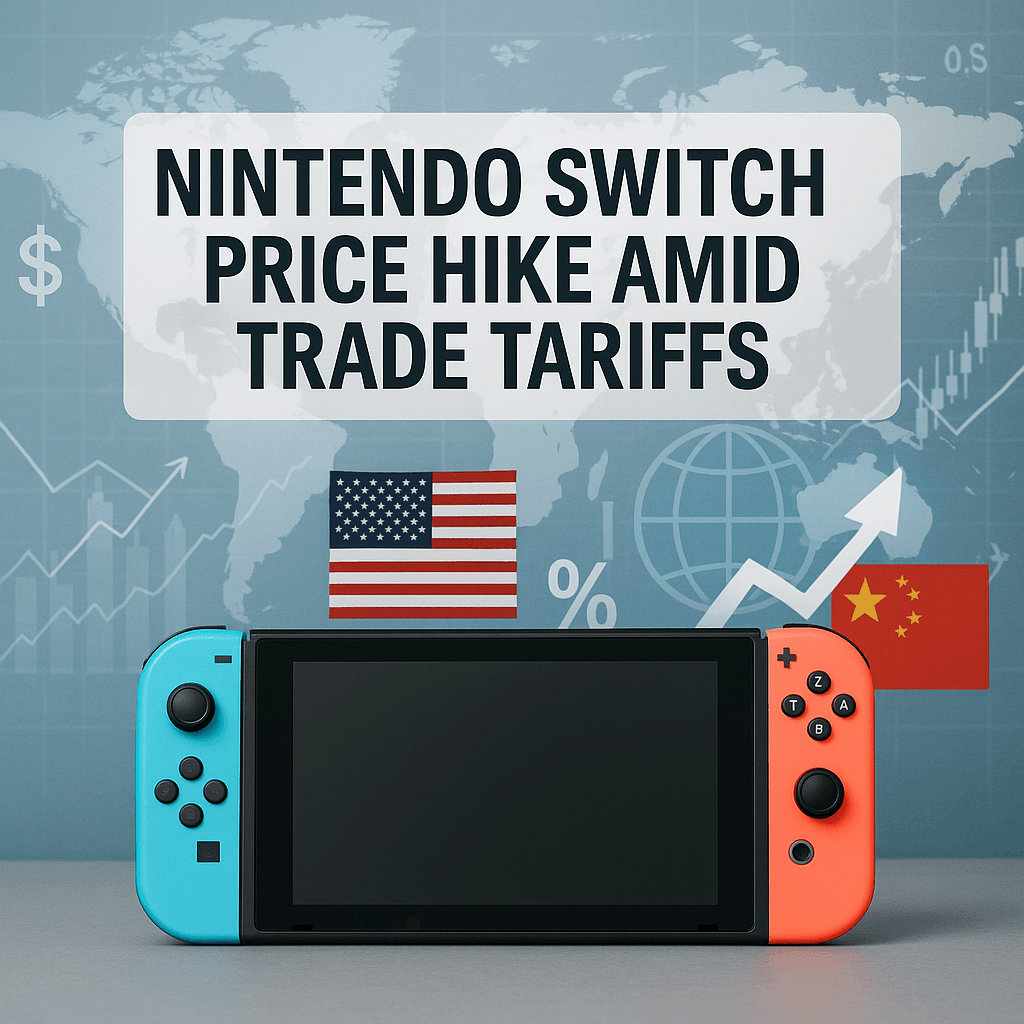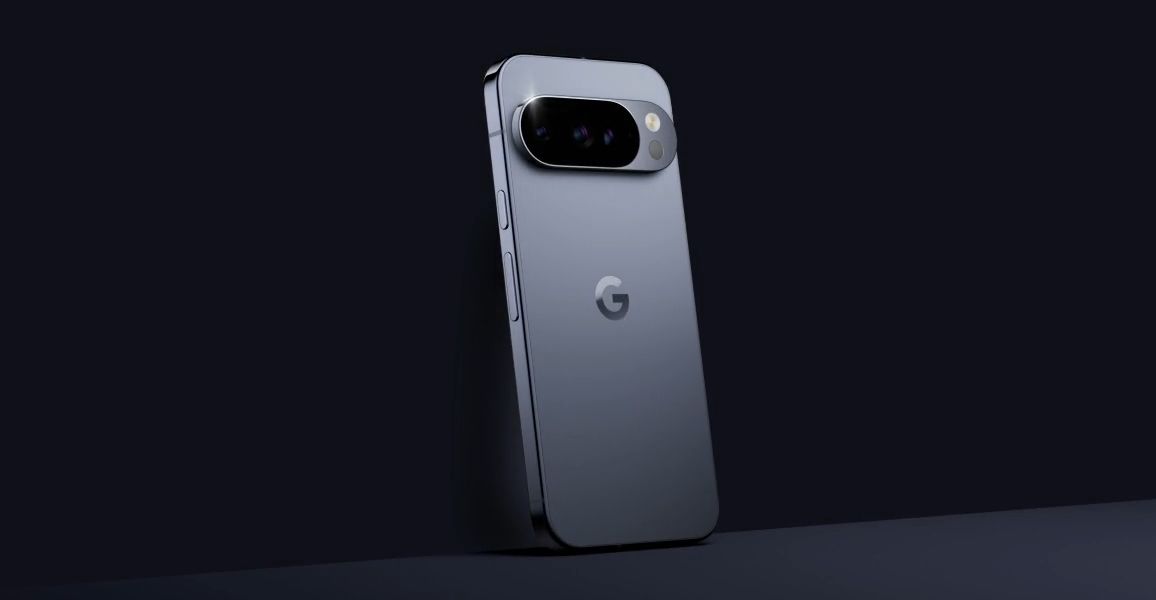TL;DR
- - Google Gemini's Storybook crafts customizable narratives
- - Potential to reshape content creation with AI illustrations
- - New creative avenues for personalized storytelling
- - Investors should watch AI's role in redefining traditional tech products
Can AI revolutionize how we tell bedtime stories? Google's Gemini is betting on it. By introducing 'Storybook,' an AI feature that creates tailored narratives complete with illustrations, Google aims to transform children's storytime. This technology promises to address the ever-growing demand for personalized content, allowing parents to turn their children's drawings into fully-fledged stories. But does AI really enhance creativity, or does it come with hidden caveats? This analysis explores the potential impact of Google's latest text-to-image innovation.
Opening Analysis
Google's latest update to its Gemini AI chatbot with the 'Storybook' feature comes at a time when there is a broad push for personalized content in the tech industry. By allowing users to create illustrated stories merely from descriptions, Google's foray into AI-powered storytelling offers a glimpse into the potential future of narrative creation.
Though promising, Gemini's rollout isn't without hiccups. Early reports from The Verge reveal amusingly awkward AI-generated images, such as a fish with a human arm, sparking questions about the balance of automation and creativity. Despite these quirks, the technology's ability to transform children's simple drawings into bespoke stories shows a pathway for further innovation.
Market Dynamics
This development isn’t happening in isolation. There’s intense competition in the AI-enhanced content creation space. Google's venture is stepping into a relatively nascent domain previously led by other story-joining platforms. Amazon's Echo Storytime, for instance, offered audio storytelling, but Google aims to push it further with interactive visuals embedded into narratives.
Technical Innovation
Technical Innovation
Gemini utilizes advanced text-to-image algorithms to craft illustrations in various art styles, such as claymation or anime, providing an unprecedented level of customizability. This feature propels it ahead of traditional AI narratives by integrating visual creativity, thus broadening the appeal for younger audiences and diversifying use cases, which may include education technology.
